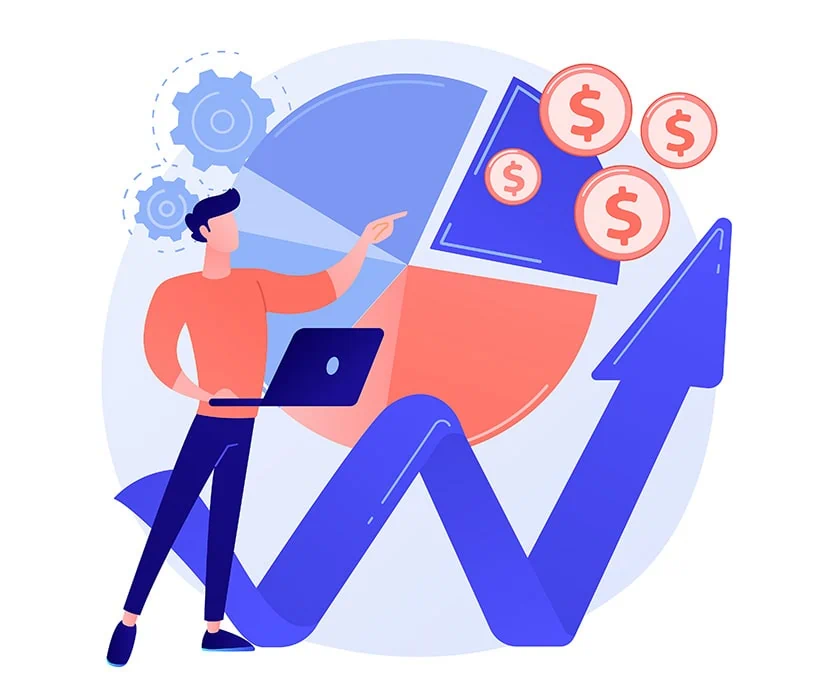Hedge Against Inflation
How Does Real Estate Hedge Against Inflation?
Please see the below excerpts from Forbes.

Our Advantage

Our Markets

For Investors

Institutional Solutions

1. Asset Price Inflation
The answer is “no.” This is because you have an $800,000 loan on this property. The mortgage debt payments are outsourced to tenants. Your $200,000 of equity just grew to $300,000. That’s a 50% return on your equity despite 10% inflation. You just beat inflation by five times because you leveraged the bank’s loan and the tenants’ income.
2. Debt Debasement
See, the bank does not ask you to repay them in inflation-adjusted dollars, only nominal dollars. Nominal means “in name only.” Again, the tenant pays the mortgage principal and interest for you. You have a $50,000 annual tailwind that you’ve probably never even thought about.


3. Cash Flow Enhancement
With 10% inflation after a couple of years, say that your rent is then $1,100. Your mortgage payment of $500 remains fixed, and your inflation—indexed operating expenses jump up to $330. Now your residual cash flow is $270. Well, this is 35% more than the $200 that you received prior to the 10% monetary inflation.
So, despite 10% inflation, how did you achieve 35% more money in your pocket every month? This is because the property’s greatest expense, the principal and interest payment, remains fixed over time. Imagine extrapolating this powerful effect across every property in your portfolio. In my opinion, the ability to secure property with a 30-year fixed amortizing loan is remarkable; the U.S. is one of the very few nations in the world where one has this benefit.
